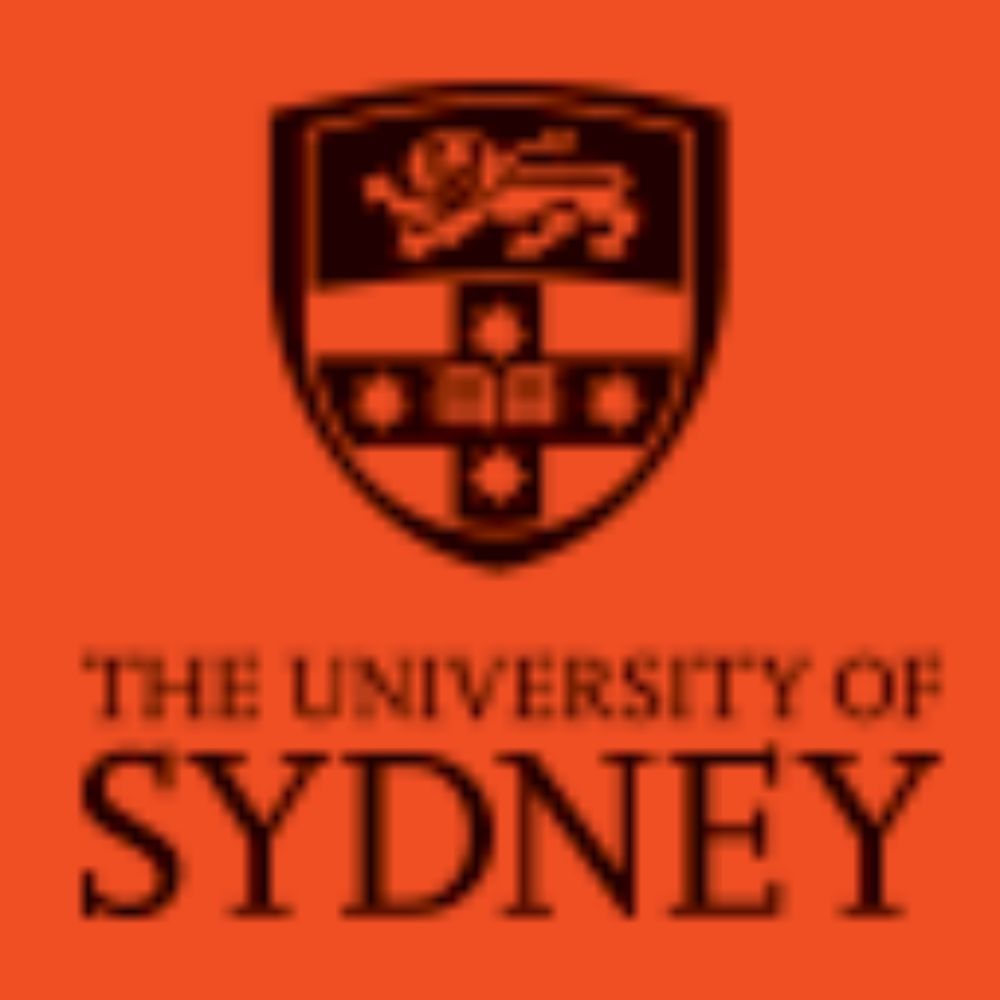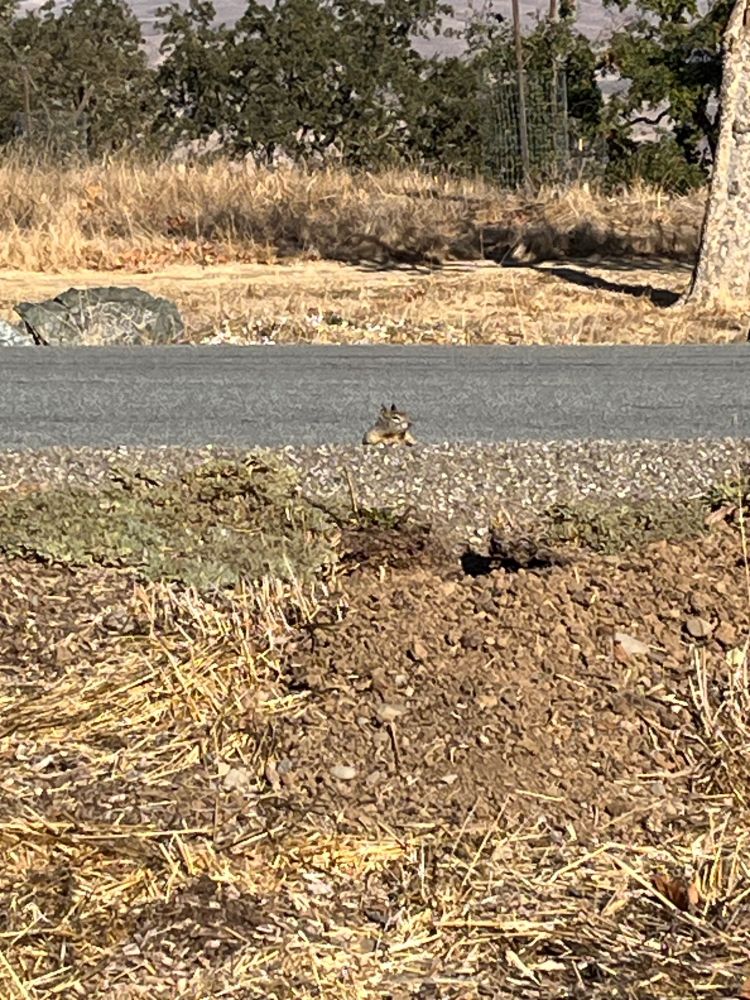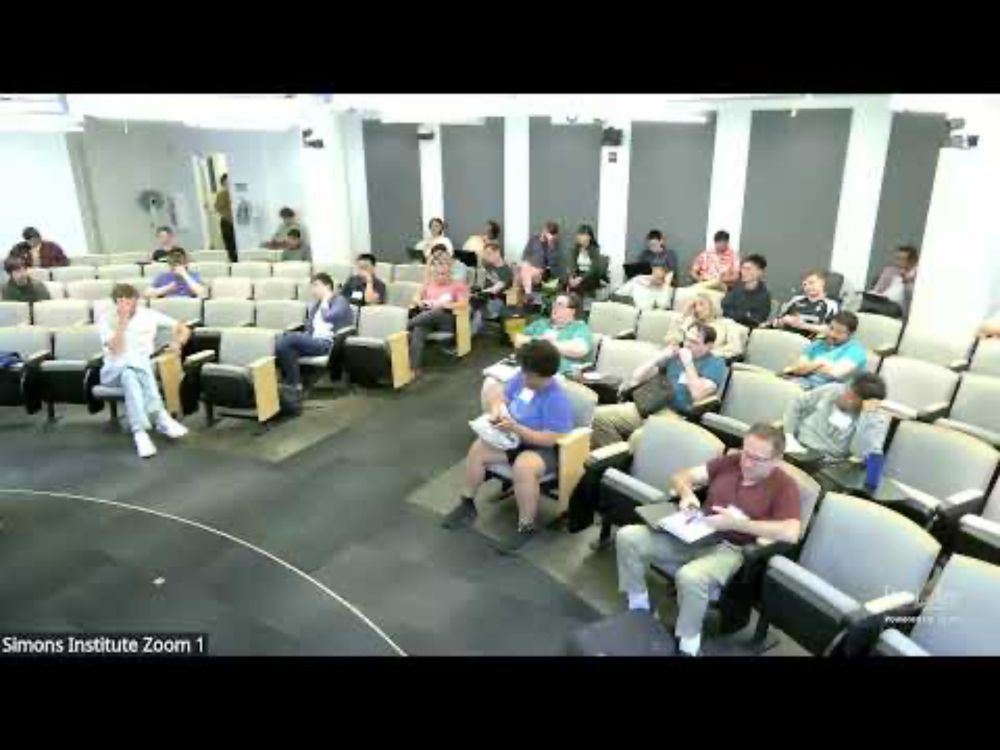Dom Williamson
@domwilliamson.bsky.social
460 followers
280 following
32 posts
Topological phases of matter and fault-tolerant quantum computing at The University of Sydney.
Posts
Media
Videos
Starter Packs
Reposted by Dom Williamson
Dom Williamson
@domwilliamson.bsky.social
· May 21

String-Membrane-Nets from Higher-Form Gauging: An Alternate Route to $p$-String Condensation
We present a new perspective on the $p$-string condensation procedure for constructing 3+1D fracton phases by implementing this process via the gauging of higher-form symmetries. Specifically, we show...
arxiv.org
Dom Williamson
@domwilliamson.bsky.social
· Mar 25

Stabilizer codes of less than two dimensions have constant distance
The surface code is a two-dimensional stabiliser code with parameters $[[n,1,\Theta(\sqrt{n})]]$. To this day, no stabiliser code with growing distance is know to live in less than two dimensions. In ...
scirate.com
Reposted by Dom Williamson
Ben Brown
@benbrown.bsky.social
· Mar 21

Universal fault tolerant quantum computation in 2D without getting tied in knots
We show how to perform scalable fault-tolerant non-Clifford gates in two dimensions by introducing domain walls between the surface code and a non-Abelian topological code whose codespace is stabilized by Clifford operators. We formulate a path integral framework which provides both a macroscopic picture for different logical gates as well as a way to derive the associated microscopic circuits. We also show an equivalence between our approach and prior proposals where a 2D array of qubits reproduces the action of a transversal gate in a 3D stabilizer code over time, thus, establishing a new connection between 3D codes and 2D non-Abelian topological phases. We prove a threshold theorem for our protocols under local stochastic circuit noise using a just-in-time decoder to correct the non-Abelian code.
arxiv.org
Dom Williamson
@domwilliamson.bsky.social
· Mar 21
Dom Williamson
@domwilliamson.bsky.social
· Mar 21





















